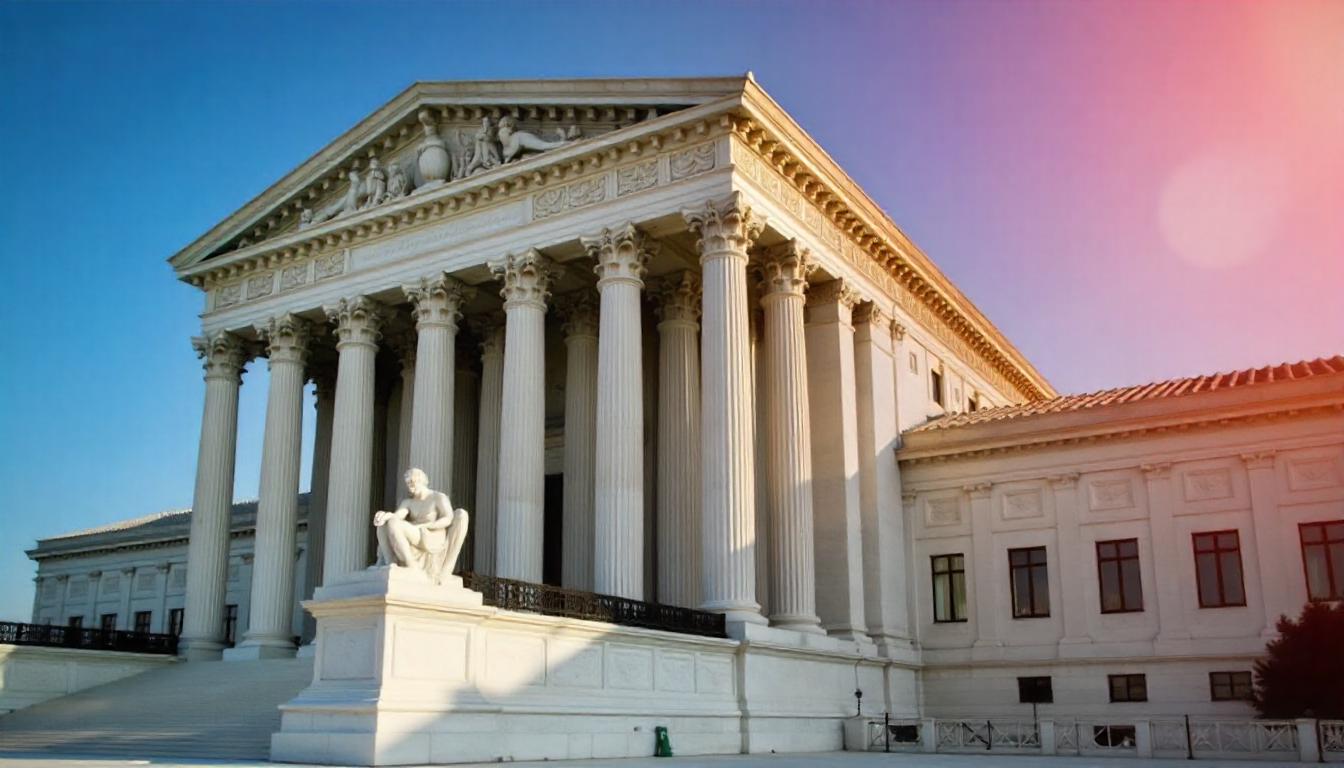Bond Market Turmoil as U.S.-China Tensions Flare and Key Tariffs Are Overturned
U.S. Treasury yields are surging following a major court ruling that struck down core components of former President Donald Trump’s tariff regime, intensifying uncertainty amid growing friction between the U.S. and China in both the technology and education sectors.
The 30-year Treasury yield has jumped back above 5%, while the 10-year yield climbed to 4.50%, up from 4.40% just two sessions ago. The sharp move reflects heightened market sensitivity to legal decisions and geopolitical shifts.
The U.S. Court of International Trade ruled that Trump’s broad 10% and retaliatory tariffs exceeded presidential authority, stating that only Congress has the constitutional power to regulate international trade. The administration’s use of emergency economic powers was deemed inappropriate for imposing sweeping trade levies. However, the ruling does not impact targeted tariffs—such as those on steel and automobiles—which remain in place. The current administration has announced plans to appeal the decision.
Despite the legal setback for the tariffs, broader macro risks persist. As noted in the Kobeissi Letter, U.S.-China relations are deteriorating further. The U.S. government has recently taken a series of hardline actions, including blocking sales of advanced semiconductors to China, suspending exports of crucial chip design software and jet engine technologies, and initiating the process of revoking visas for Chinese students—moves widely interpreted as part of a renewed decoupling strategy.
Currency markets have reacted strongly to the growing tension and policy volatility. The U.S. Dollar Index (DXY) has climbed to 100 from 98, as investors seek safety in the dollar amid rising yields and global uncertainty. Meanwhile, both bitcoin—last trading at $104,309.43—and gold remain stable, reflecting a market in wait-and-see mode ahead of the next major geopolitical or economic development.





